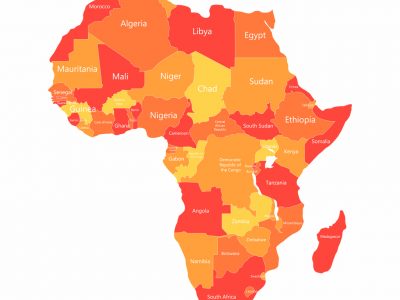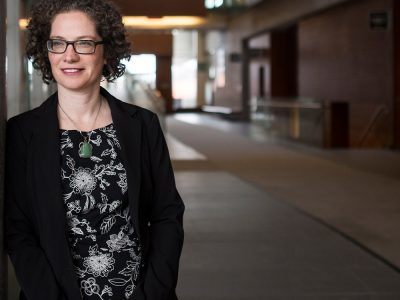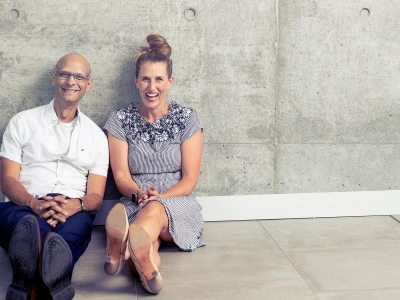Lead image by Batuhan Toker / iStock
By Dan Rubinstein
In 2011, while working as a reporter for the Ottawa Citizen, Matthew Pearson covered the death by suicide of a gay teenager in Kanata who had been bullied at school.
It was a devastating story, one that resonated deeply with Pearson because he saw echoes of his own youth in southwestern Ontario.
“Having that realization and not feeling like I could talk to anyone in the newsroom about the emotions I was having, about the immense grief I was feeling, that really shook me,” recalls Pearson, who has a master’s degree in journalism from Carleton and started teaching in the university’s journalism program in 2016.
“I realized I wasn’t prepared for dealing with those emotions and that experience stayed with me.”
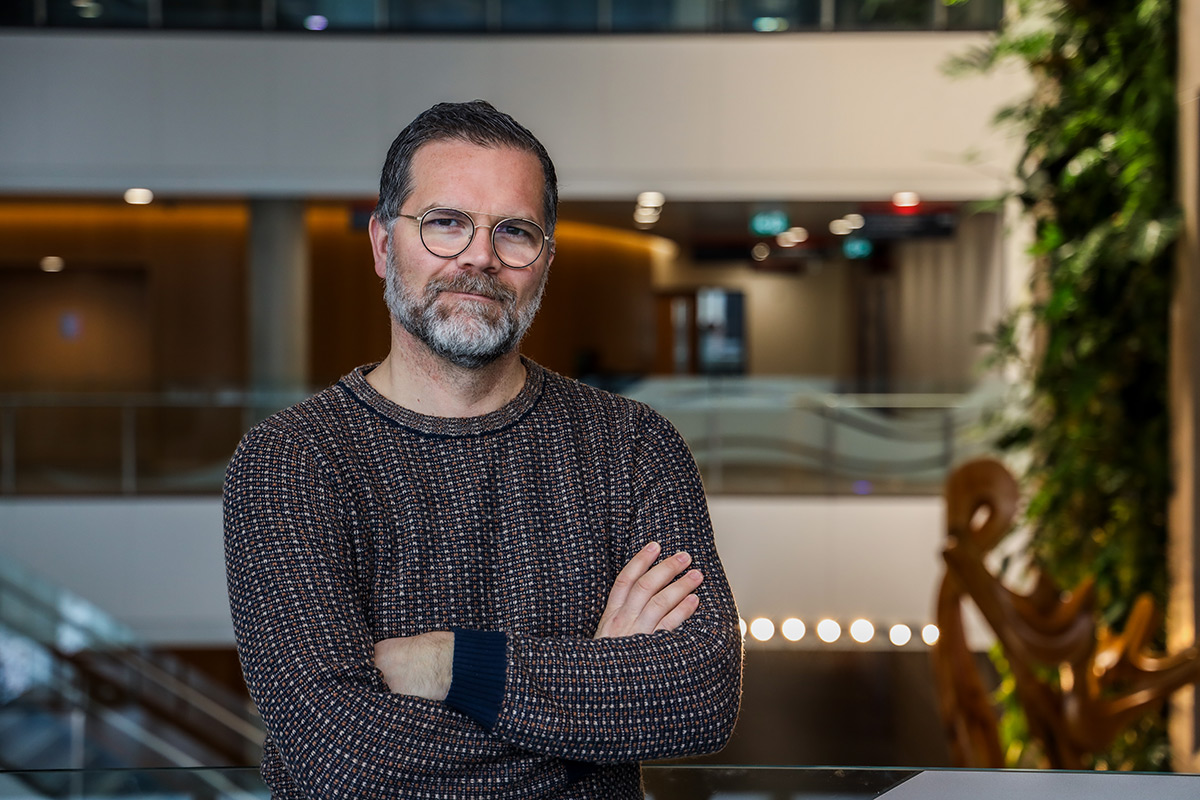
Carleton University journalism professor Matthew Pearson (Photo by Terence Ho)
That story — and the succession of car crashes, house fires and gruesome trials that he wrote about over the years — prompted Pearson to take an interest in trauma-informed journalism. Even before becoming a faculty member at Carleton in 2020, he started doing research in this area and coming up with methods for teaching students how to cover traumatic incidents and report on people who have experienced trauma.
The goal of this work is two-fold. First, it can encourage more sensitive and ethical reporting, which can help the craft of journalism gain (or regain) public trust. And secondly, it can safeguard the mental health of media workers, which is often at risk because of the challenges they encounter on the job.
“The more a journalist knows about trauma, the better their reporting will be,” says Pearson.
“And, hopefully, they’ll also be better equipped to take care of themselves.”

A Broader Cultural Shift
As a young reporter, Pearson learned to keep a stiff upper lip. To accept any assignment, he was given and not voice any discomfort. In a traditional newsroom, troubling feelings were managed through gallows humour and after-work drinks.
But over the past decade or so, alongside expanding societal awareness about mental health issues, this culture has started to change.
Writing about the aftermath of the 2013 Barrhaven bus crash — a collision with a train that killed six people in the suburbs of Ottawa — Pearson saw that one could be traumatized while doing something as commonplace as commuting.
“If that can happen, then by extension it can also to happen to a journalist going about their daily business,” he says, “not just to war reporters or people covering things like drug cartels or the refugee migration crisis.”
This led Pearson to the Dart Center for Journalism and Trauma, the international leader on the study of journalism and trauma, and to the Canadian Journalism Forum on Violence and Trauma, which he continues to partner with.
In 2017, as the Michener-Deacon Fellow for Journalism Education, he spent several months developing a teaching module for journalism schools to help prepare students for reporting on traumatic incidents.
“Without being critical,” Pearson says, “this is something my education didn’t prepare me for.”
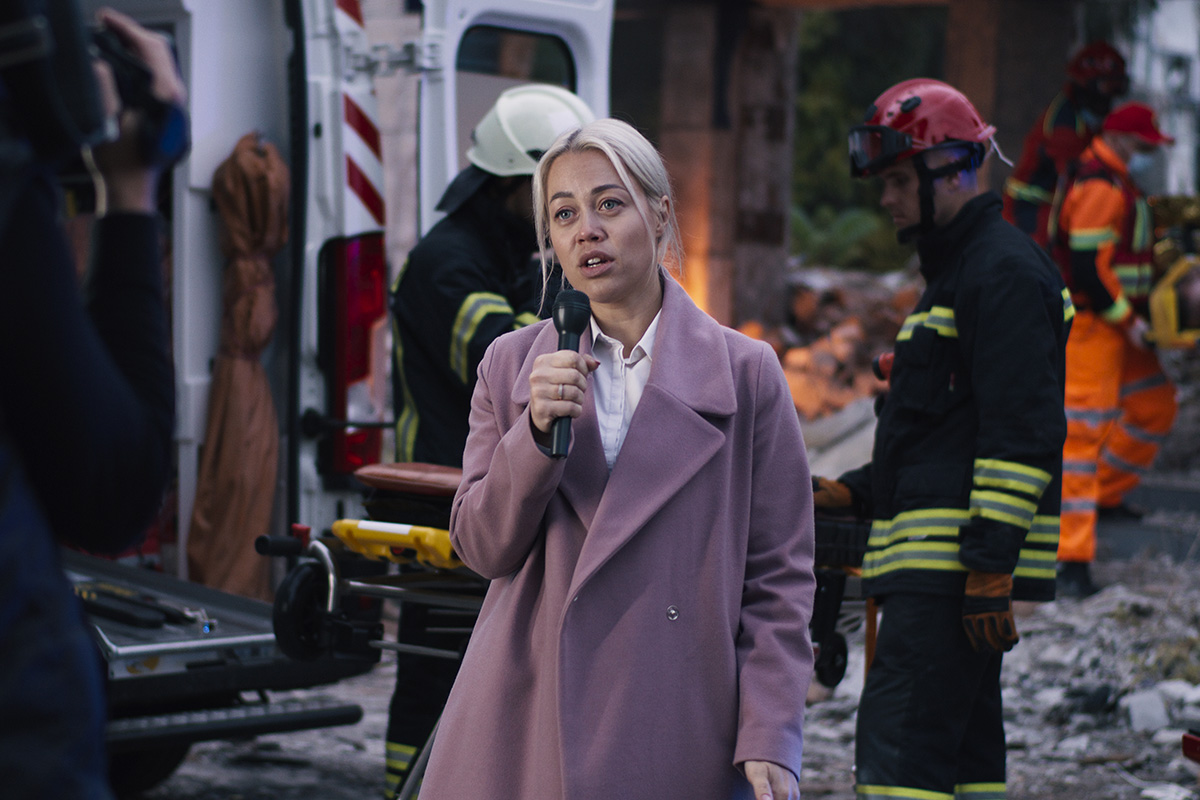
Innovative Simulated Interviews
Journalism students at Carleton today can enrol in Canada’s only university course in trauma reporting. It includes simulations in which they interview paid professional actors who bring to life one of four different scenarios — much like other fields, such as social work and nursing, which also use simulations.
The interviews are done online, with Pearson watching and providing feedback afterwards.
“Without this type of exercise, students could get to fourth year never having interviewed somebody who has experienced a loss. It gives them an opportunity to do something difficult without feeling like the stakes are really high.
“They can work on things like how to manage their emotions if an interview subject starts to cry. If they’re speaking to somebody who has experienced sexual harassment, they can probe whether their questions suggest victim blaming.”
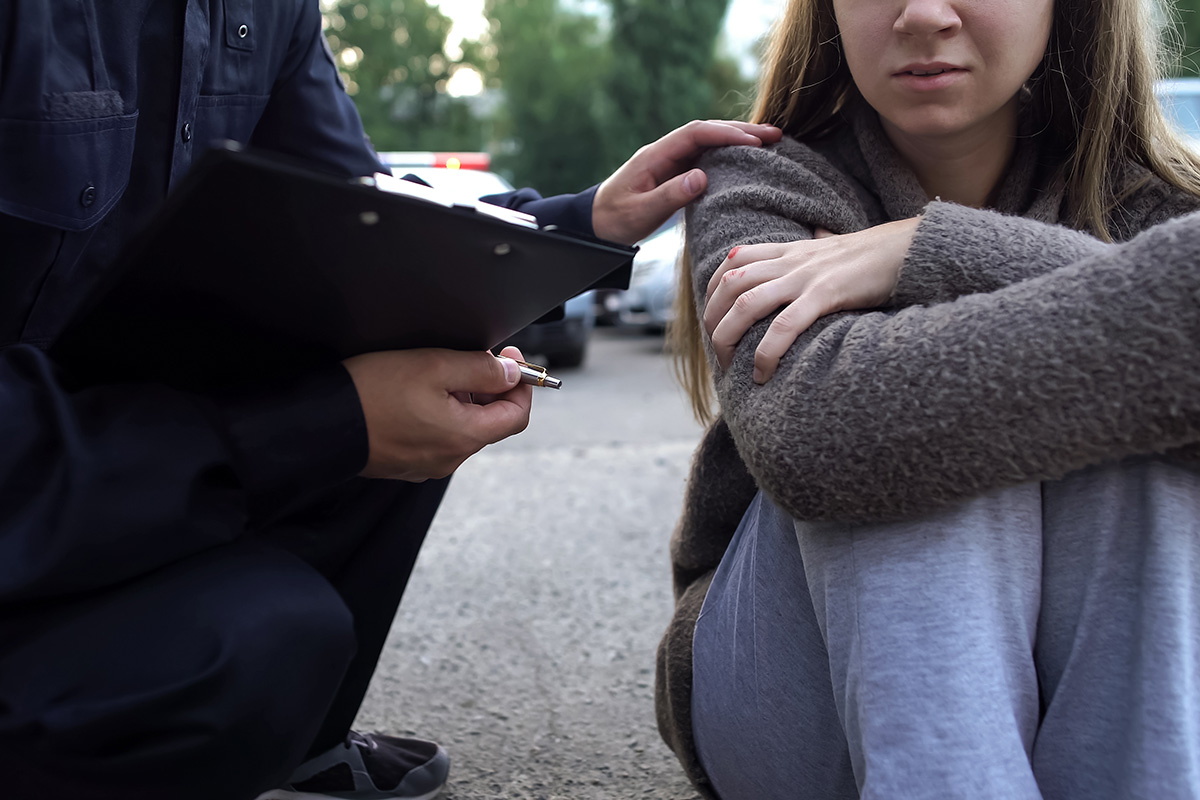
Photo by Motortion / iStock
Because students can choose a scenario, they can avoid topics that might be triggering. But regardless of which they select, Pearson says what stands out is their warmth and compassion and the solid interviews they conduct.
In 2022, Pearson co-authored a report called “Taking Care,” an analysis of mental health, wellbeing and trauma among Canadian media workers.
After surveying more than 1,000 people, the authors determined that journalists face above-average risks for anxiety and depression because of the trauma they are exposed to, and that their employers often don’t offer appropriate support. Yet most media workers love their jobs.
The report suggests solutions, such as improving education and training, fostering in-house mental health expertise at news outlets and establishing protocols to protect health.
“These solutions are critical to achieving a necessary cultural shift in Canadian media,” the report concludes — “one that better supports its people in pursuit of journalism’s greater mission of serving the public good.”

First wide image by fizkes / iStock
Second wide image by EvgeniyShkolenko / iStock
Third wide image by LanaStock / iStock
Monday, January 20, 2025 in Faculty of Public and Global Affairs, Health, Journalism and Communication
Share: Twitter, Facebook

